1. Converting Bedrooms into Niche Spaces
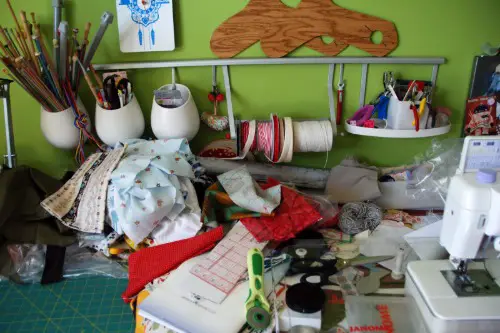
Turning a bedroom into a home gym, walk-in closet, or craft studio might suit your lifestyle—but it can hurt your home’s value. Buyers are often looking for bedroom count, and removing closets or built-ins can disqualify a room from being considered a bedroom at all. That’s money off the table.
If you need a flex space, keep the closet intact and avoid permanent changes. Use furniture that can be easily swapped out. Versatility is more valuable than specificity.
2. Overly Themed Rooms
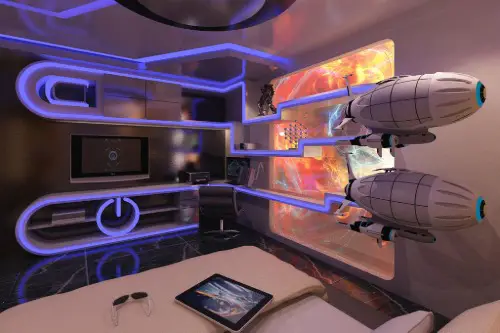
Turning your guest room into a full-on jungle safari or your basement into a 1950s diner might be fun—but it can alienate buyers who don’t share your taste. Highly themed spaces are harder to mentally “neutralize,” and they often require costly undoing. What feels whimsical to you can feel like work to someone else.
Instead, use subtle nods to your interests through accessories or art. Keep the bones of the room flexible. Themed rooms are great for Instagram—not for Zillow.
3. Bold Paint Colors in Every Room
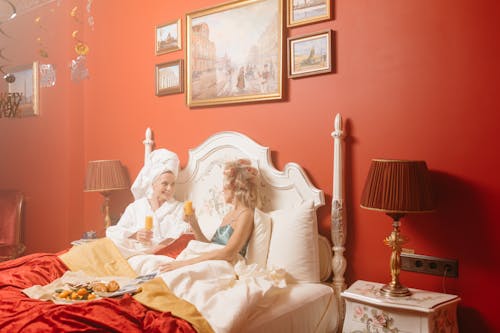
A deep navy dining room or a bright coral bedroom might reflect your personality—but to potential buyers, it’s just another project. Bold or unconventional paint colors can make spaces feel smaller, darker, or harder to visualize as their own. And while paint is technically easy to change, many buyers don’t want to deal with it.
Stick to warm neutrals like soft greige, warm white, or muted taupe when prepping to sell. You can still add personality with art and textiles. Color should enhance, not overwhelm. Let buyers imagine their own palette.
4. Wall-to-Wall Carpeting in Bold Colors or Patterns
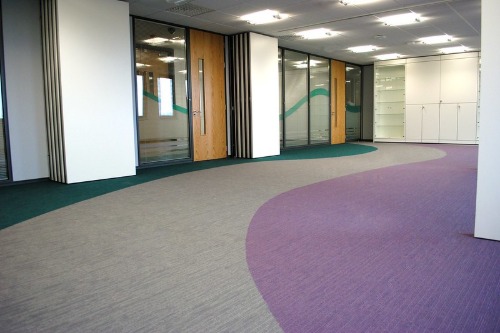
Bright red carpet in the media room? Leopard print in the bedroom? These choices might feel expressive, but they’re a resale red flag. Most buyers prefer hard flooring or neutral carpet that feels clean and easy to maintain. Loud patterns or colors can make a home feel dated or overly customized.
If you’re replacing flooring, go for timeless options like hardwood, luxury vinyl plank, or neutral-toned carpet. Flooring is one of the first things buyers notice—and judge. Make it count.
5. Overbuilt Custom Storage

Built-in wine racks, floor-to-ceiling bookshelves, or elaborate closet systems might seem like upgrades—but if they dominate the space or don’t suit the next owner’s needs, they can be a turnoff. Custom storage that’s too specific can make rooms feel smaller or less adaptable.
Opt for modular or semi-custom solutions that can be adjusted or removed. Storage should feel like a bonus, not a burden. Keep it functional and flexible.
6. High-Maintenance Landscaping

A backyard filled with koi ponds, topiary animals, or exotic plants might be your pride and joy—but to buyers, it can look like a weekend-eating chore. Elaborate landscaping often requires specialized care and can intimidate those who want a low-maintenance yard.
Simplify your outdoor space with native plants, clean lines, and manageable features. A beautiful yard should feel like a retreat, not a responsibility. Curb appeal should invite—not overwhelm.
7. Removing the Bathtub
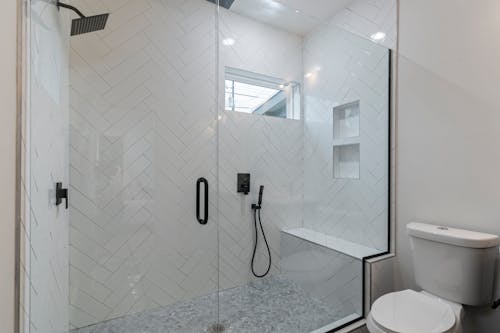
Swapping out a tub for a luxe walk-in shower might feel like an upgrade—but if it’s the only tub in the house, it can hurt resale. Families with young kids or buyers who love a soak often see a tub as essential. No tub = fewer offers.
If you’re renovating, try to keep at least one tub in the home—especially in the primary or guest bathroom. Spa showers are great, but versatility wins. Don’t drain your buyer pool.
8. Installing Ultra-Specific Tech

Built-in espresso machines, smart mirrors, or voice-controlled everything might impress your friends—but they can date quickly and intimidate less tech-savvy buyers. If the next owner doesn’t want to maintain or learn the system, it becomes a liability, not a luxury.
Stick to widely adopted smart home features like thermostats, lighting, or security systems. And always make sure they’re easy to update or remove. Tech should enhance, not complicate.
9. Overpersonalized Fixtures and Hardware
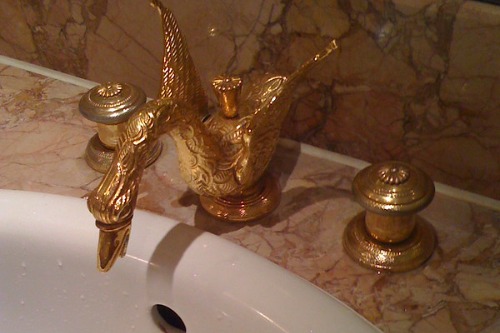
Gold swan faucets, neon cabinet pulls, or ultra-modern light fixtures might reflect your style—but they can clash with the rest of the home or feel too taste-specific. These details are small, but they leave a big impression. And they’re often the first things buyers mentally add to their “to replace” list.
Choose timeless finishes like matte black, brushed nickel, or classic brass. You can always swap in statement pieces after you move in—but for resale, keep it classic. Fixtures should complement, not compete.
10. Wallpaper in Every Room
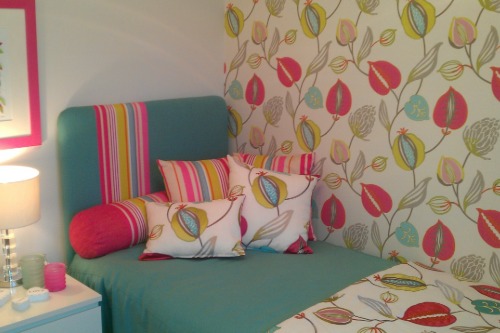
Wallpaper is back—but it’s still polarizing. Bold prints, textured finishes, or full-wall murals can be hard to remove and even harder to love if they’re not your style. Buyers often see wallpaper as a project, not a perk.
If you love pattern, try peel-and-stick options or limit wallpaper to small accent areas. Or use patterned textiles instead. Walls should feel like a canvas, not a commitment.
11. DIY Projects That Look DIY
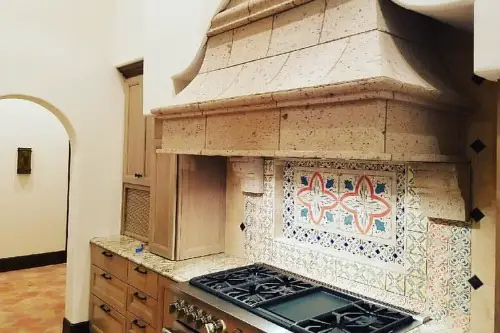
That hand-painted backsplash or homemade barn door might have been a fun weekend project—but if it looks uneven, unfinished, or out of place, it can hurt your home’s perceived value. Buyers notice craftsmanship, and sloppy work can raise red flags about the rest of the house.
If you’re not confident in your skills, hire a pro—or keep DIY projects to decor, not construction. Quality always trumps creativity when it comes to resale. A clean finish is the best feature.
12. Personalized Exterior Paint or Trim
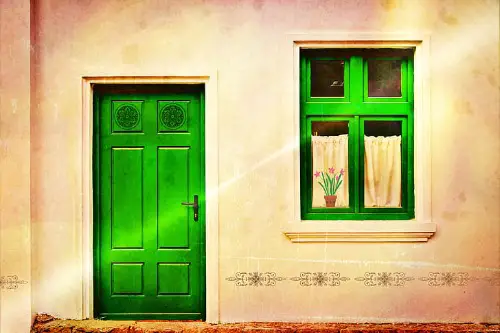
A pink front door or turquoise shutters might make your house stand out—but not always in a good way. Exterior color choices that are too bold or unconventional can limit your home’s curb appeal and turn off buyers before they even step inside. First impressions matter.
Stick to classic, regionally appropriate colors for siding and trim. If you want a pop of personality, use planters, doormats, or seasonal decor. Let your home stand out for the right reasons.
This post 12 Things You’re Doing to “Personalize” That Are Hurting Resale Value was first published on Greenhouse Black.
